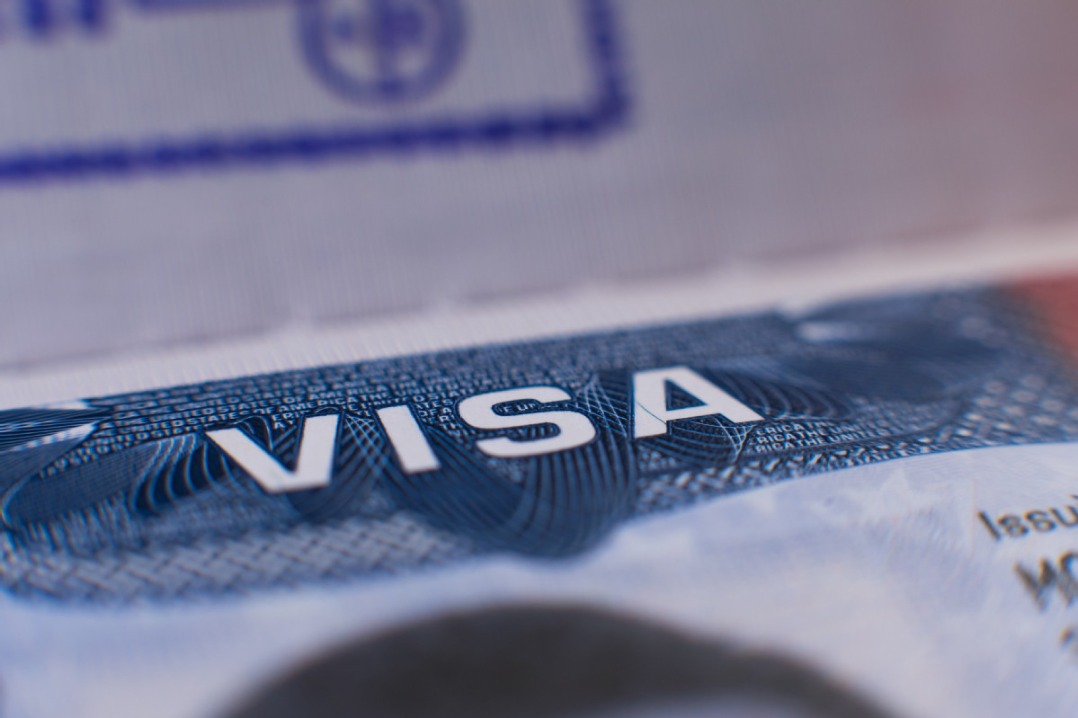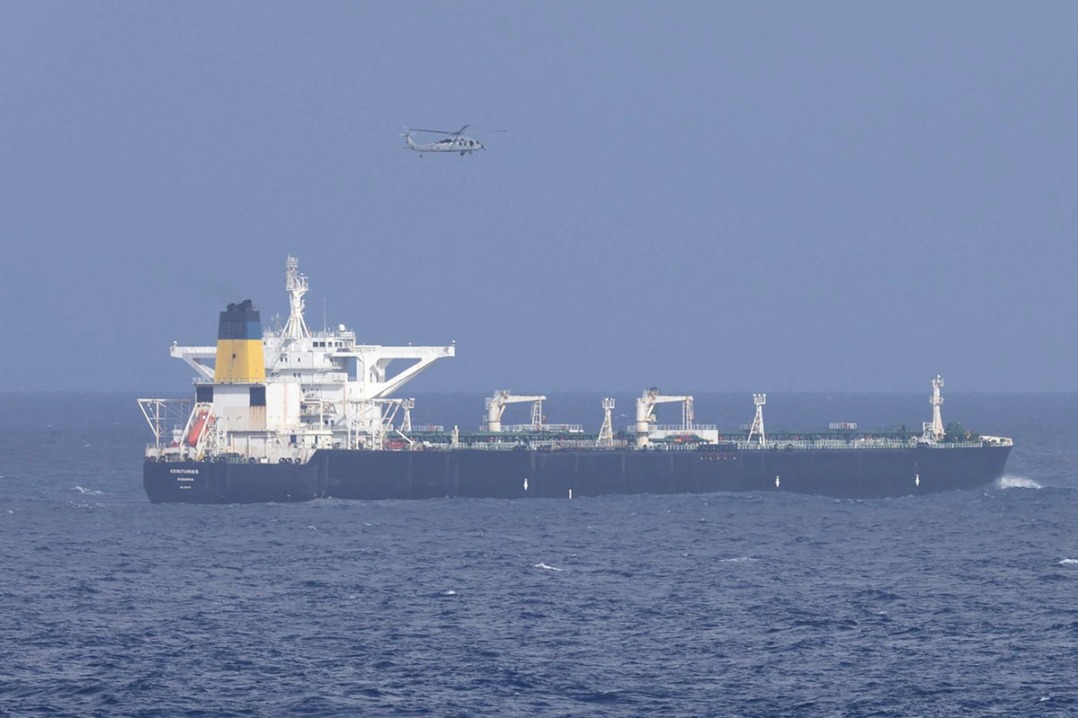Cost of drugs beyond reach of many in US

Political system is such that companies have monopoly on what they create, expert says
People in the United States spend an average of $1,200 a year on prescription drugs - more than anyone else in the world - with some costing more than $2 million for a round of treatment.
Pharmaceutical makers defend the prices, saying the high cost goes toward research and development of new drugs, while many, including lawmakers, say those costs leave too many people unable to afford the medicine.
"High drug prices are forcing families to make impossible choices between their health and other basic needs," Claire McAndrew, director of campaigns and partnerships at Families USA, a nonprofit, said. "One in three US adults have not taken medicine as prescribed due to costs."
People in the US spend about $460 billion a year on drugs, roughly as much as the combined revenues of the top three US car makers, according to Kaiser Health, a nonprofit news service that focuses on health care policy and politics.
Five out of the top 10 most profitable companies in the US are pharmaceuticals: Gilead Sciences, AbbVie, Pfizer, Eli Lilly and Bristol-Myers Squibb.
But the companies, known collectively as Big Pharma, are facing increased scrutiny from states, advocacy groups, Congress and even the US President.
Last year, the President said: "You'll be seeing drug prices falling very substantially in the not-too-distant future."
Republicans and Democrats have bills in Congress to peg US drug prices to lower prices in other countries. Drug prices and the overall high cost of health care in the US will be a key issue in the upcoming race for the White House and Congress.
Unlike many other countries, the US government is prohibited by its own laws from negotiating prices with prescription drug companies.
"Over the past five years, AbbVie, the company that makes the top-selling drug in the world, Humira, has more than doubled the price in the United States. But in Europe, AbbVie sells the same drug for 80 percent less. The bottom line is that it's perfectly legal to gouge the price of a prescription drug in America," Juliana Keeping, communications director for Patients for Affordable Drugs, which seeks lower drugs costs, said.
The lack of regulations to cap drug prices means manufacturers charge what suits market conditions.
A gene therapy treatment by Novartis called Zolgensma costs $2.1 million. Strensiq, which treats a rare bone disease, costs $2 million a year per adult.
"Our political system here is set up so that drug companies have a monopoly on the drugs they create. They create patents for the drugs that last a long time and then when the patents are about to be up, they find ways to extend their patents by slightly modifying their products and creating new patents," said McAndrew.
The cost of a prescription depends largely on the type of health insurance plan a person has: government, a work-based or private plan, and the drugs it covers and the size of a person's deductible.
A plan may cover most of the cost for a prescription drug and require a person to "co-pay" - money out of pocket. The uninsured must find a way to pay it all themselves. For high-priced drugs, insurers may be allowed to pay in installments.
In the US, people spend an average of $1,200 a year on prescription medicine, according to the Organization for Economic Cooperation and Development, an intergovernmental economic organization with 36 member countries founded in 1961 to stimulate economic progress.
According to the US Department of Health and Human Services, on average, citizens of other rich countries spend 56 percent of what the US people spend on the same drug.
The high drug prices don't rest just on the pharmaceutical companies. Between them and patients is an array of middlemen.
Drug manufacturers sell them to pharmacy benefit managers.
The PBMs decide how much the drug should cost based on market value. They then negotiate with the manufacturers and health plan insurers to get the drugs listed with the insurers.
The manufacturer pays a fee (a rebate) for that service, like $300 off a $1,100 drug and the fee is split between the PBM and insurer. Or a patient's insurance company may receive a discount or may have to pay more based on the negotiations.
At least 90 percent of all prescriptions issued in the US are for a generic brand not branded drugs, according to the Pew Research Center, a think tank. So pharmaceutical companies like Pfizer and Novartis now see drugs for rare diseases as a future cash cow.
Alyssa Vangeli, co-director of policy and government relations at Health Care for All, a nonprofit in Massachusetts that promotes health coverage and access, said the lack of action by the federal government has led many states to push their own changes. In 2018, 39 states passed 94 laws targeting pricing and costs, according to the National Conference of State Legislatures.
"We've been working on addressing prescription drug affordability by looking at how to get this through state-level policy," Vangeli said. "Because of the way state law works, we cannot regulate how much a drug manufacturer charges for certain prescription drugs and so that's why we focus on transparency mechanisms to understand why drugs cost what they do and why drug prices are increasing as much as they are."
belindarobinson@chinadailyusa.com

































